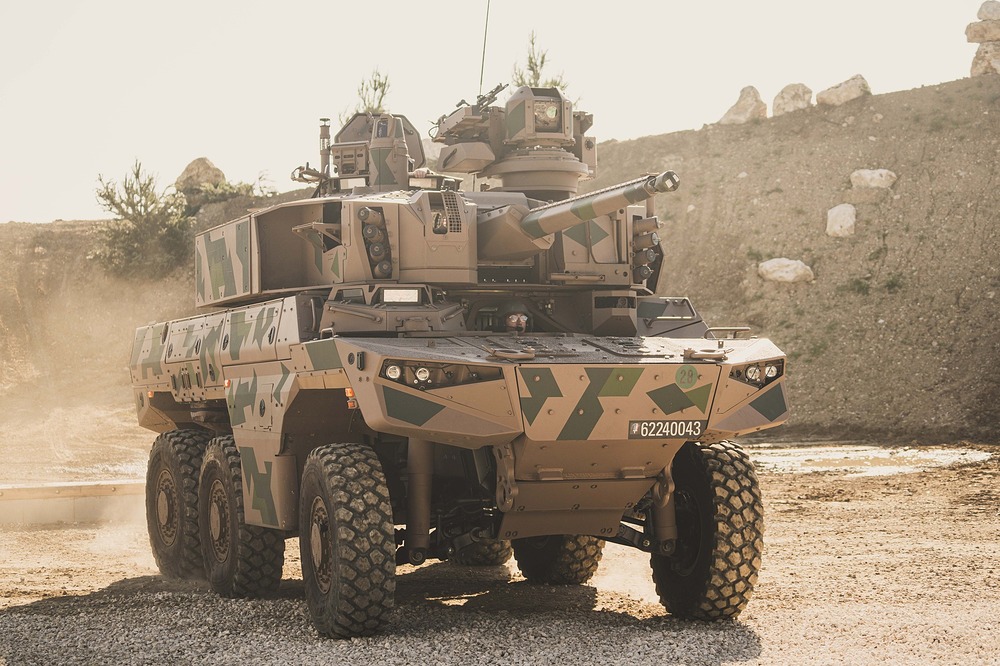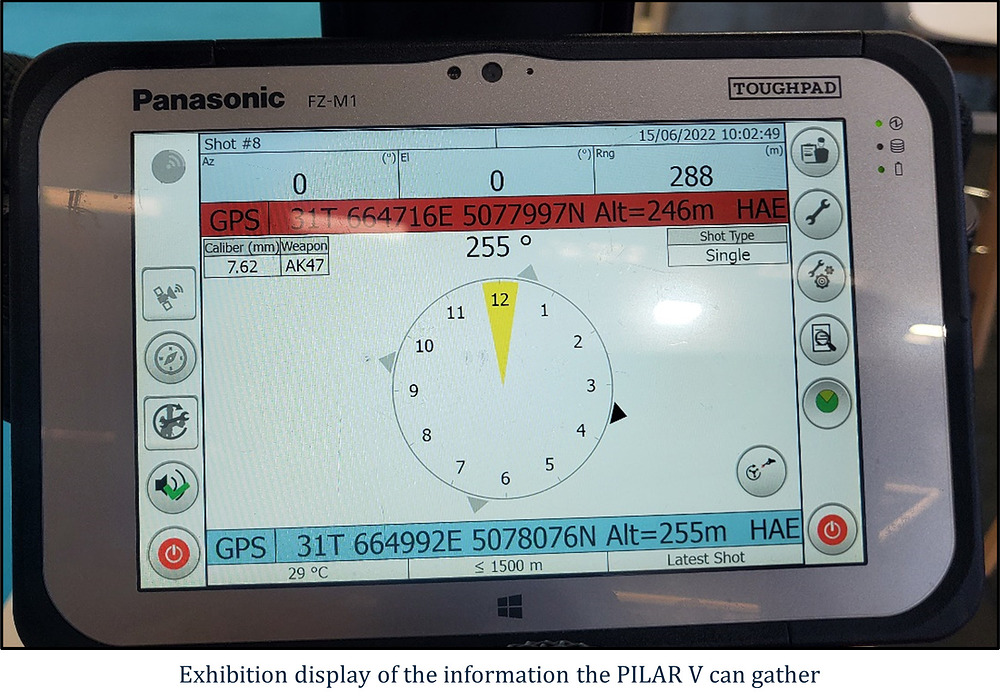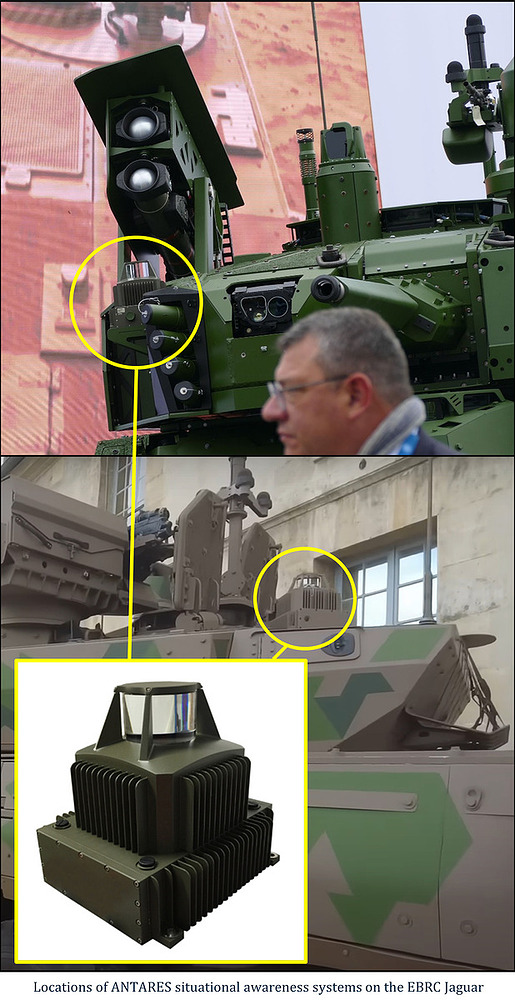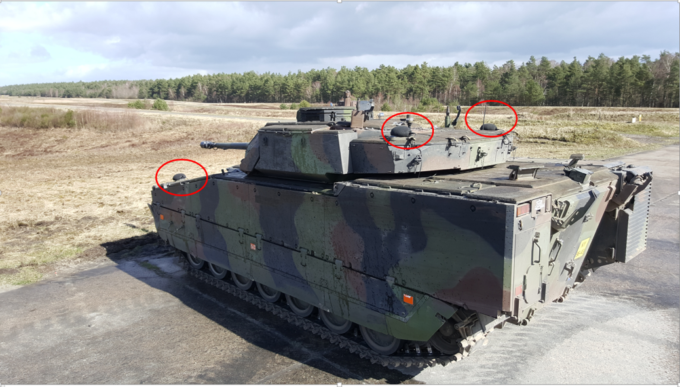As you may know, this update brings with a new addition to the French Tech Tree, the EBRC Jaguar. This is a particular vehicle for France that sports some features not modeled in the game and this thread is to gauge the community’s enthusiasm for some cool technology that this vehicle is currently lacking.
There are 3 features in particular that I want to focus on, and they are:
- Acoustic Detection
- Situational Awareness System
- Image Fusion
Would you like to see this feature come into the game?
Spoiler
Pilar V is the latest generation of acoustic gunshot detector developed by Metravib. First seeing saw deployment with United Nations peacekeeping forces in Sarajevo, Metravib’s acoustic gunshot detectors are now in service with 30 countries including France, the US and UK, and have since been deployed to other combat zones.
Pilar V consists of four omnidirectional microphones arranged in a tetrahedron, each of which can be readily replaced. Each microphone separately measures the acoustic waves emitted by the muzzle blast when a weapon is fired, as well as the shockwave of the projectile as it travels along its trajectory. If a projectile shockwave is registered within a certain proximity to the microphones, the location of the shooter can be triangulated. Given both the shockwave and muzzle blast are registered, Pilar V records the trajectory of the projectile and provides a direction accuracy of within 2° in azimuth and within 3° in elevation. The range to the source of the threat is found to within 10% by measuring the time elapsed between the microphones registering the shockwave and then the muzzle blast.
A single acoustic gunshot detector achieves a detection rate exceeding 95% against supersonic projectiles over a wide spectrum of threats from rifles to 120mm cannons; RPGs to ATGMs. Each threat is classified according to calibre by analysing and comparing the signature of the projectile’s shockwave against a known threat database. The crew receives all information within a second of initial detection.
Threat localisation (especially in built-up areas) and detection rate can be further improved by fusing data from nearby gunshot detectors. If at least two arrays detect a muzzle blast but no shock wave (the threat is shooting away from the arrays) or only the shock waves are detected (the muzzle blast occurs outside the detection range of the arrays), the three-dimensional position of the shooter can still be obtained.
Onboard the Jaguar, Pilar V is integrated with the GPS and inertial navigation system to record the position of a shooter in relation to the vehicle even whilst the vehicle is itself moving. The acoustic system also filters out noise generated by the Jaguar to not produce false alarms, including outgoing fire. Through interfacing with the SICS network, outgoing from friendly units is also ignored.
- Yes
- No
Would you like to see this feature come into the game?
Spoiler
The Jaguar is fitted with the ANTARES laser warning and local situational awareness systems developed by Thales. This is situated at two places on the Jaguar (see below) providing a 360° external view of the environment.
ANTARES Characteristics
To enhance the situational awareness, two Antares hyper-hemispherical cameras are mounted on the roof of the EBRC Jaguar. Day and nighttime imaging is provided by visible near-infrared (Vis-NIR) CMOS detector which produces an image with a 5.5 megapixel resolution. This image covers 360° in azimuth and a vertical arc between -15° to +75. To improve identification capability, Antares is able to zoom in on a target. Using a combination of image processing and video motion detection, Antares alerts the crew of the Jaguar to various threats:
In an urban environment, a lone shooter can be detected up to 150m away at an elevation of up to 25m, or a moving armoured vehicle is detected up to 500m away. However, in an open field where the scene is significantly less cluttered, the detection range for an armoured vehicle increases up to 1,500m. IEDs (improvised explosive devices) as small as a few tens of centimetres are able to be detected by Antares a few tens of metres away from the vehicle, meanwhile a UAV with a diameter of a meter are able to be detected at a distance of up to 250m.
The Vis-NIR detector shares an aperture with a SWIR detector which is sensitive to the 0.9 – 1.7µm region of the infrared spectrum. This enable Antares to detect laser sources (such as rangefinders and designators) which typically operate at 1.02µm and 1.5µm. Due to being able to sense which pixel absorbs the most radiation from the laser source, the direction of the threat is able to be established within an accuracy of 1.5°. The distance to the laser emitter is measured with a guaranteed accuracy of within 3%, although less than 6 metres in most cases.
Muzzle flashes and missile plumes all radiate peak energy in the SWIR band. As such, these are able to be detected by the SWIR sensor in Antares. The energy radiated by a missile launch is sufficient such that it can be detected by Antares beyond the typical ranges which missiles pose a threat, at least 8km. Through using the same SWIR-based detection method, gunfire can also be detected. Large calibre cannon muzzle blasts are detected at similar ranges to missile plumes.
- Yes
- No
Would you like to see this feature come into the game?
Spoiler
For image fusion, the Jaguar would have an additional option on top of the two wavelength available currently which is a daytime TV and a thermal imager. The third option would be a blend of the two wavelengths allowing for the advantages of both wavelengths to be streamed at the same time.
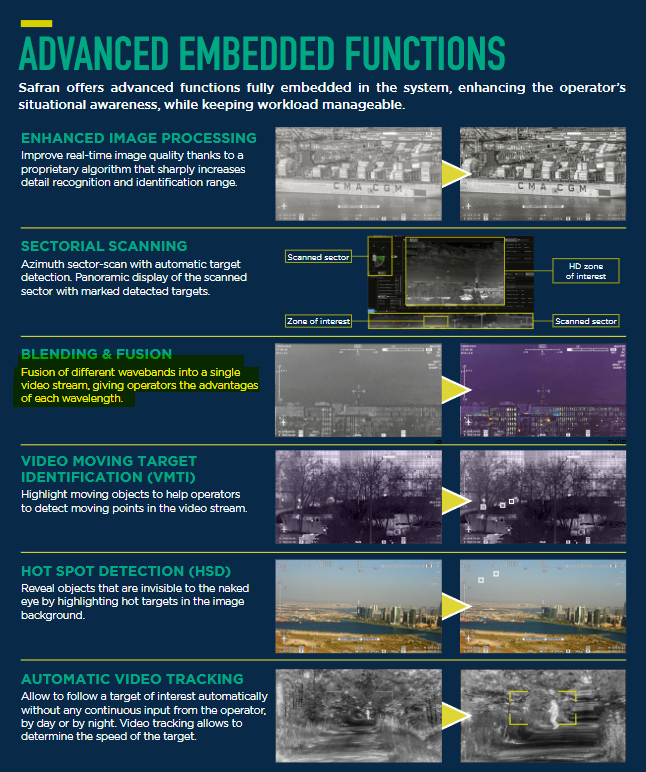
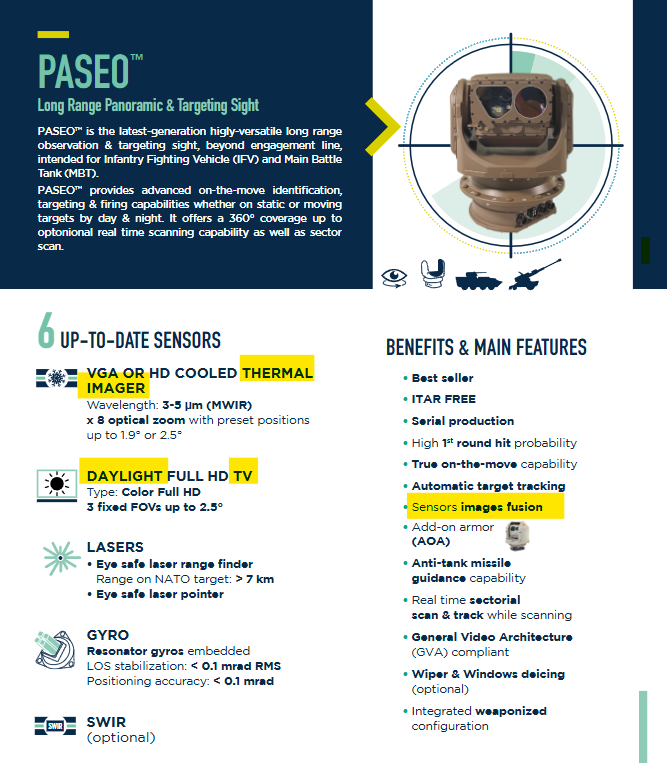
- Yes
- No
I must give credit to these threads for majority of the information present in this thread.
[DEV] EBRC Jaguar: History, Technical Data & Discussion - Dev Server “Spearhead” / General Discussion - Dev Server - War Thunder — official forum
